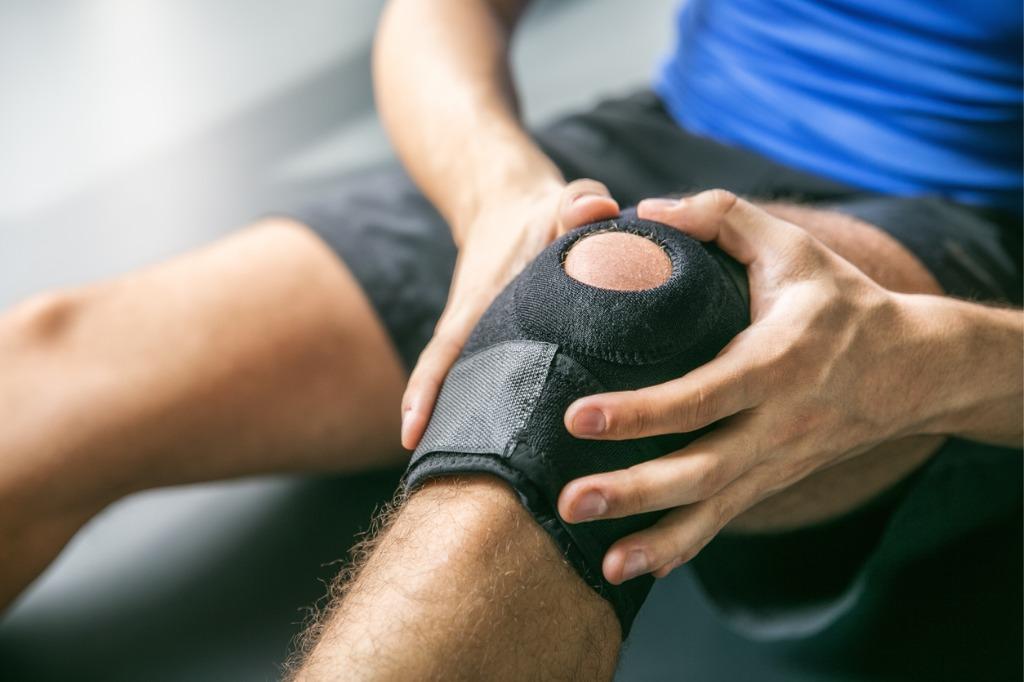What is Bursitis of the Shoulder: Causes, Symptoms, and Treatment

Shoulder bursitis, a common condition that many people experience at some point in their lives, can be both painful and limiting. But what is bursitis of the shoulder, and how can it be treated? Dive into the intricacies of this condition to better understand its causes, symptoms, and available treatment options.
What is Bursitis of the Shoulder?
Bursitis refers to the inflammation of the bursa, a small, fluid-filled sac that acts as a cushion between bones, tendons, and muscles. The shoulder, with its complex range of motion, houses several of these sacs. When one or more of these bursae become inflamed, it results in shoulder bursitis.
Causes of Shoulder Bursitis
There are several reasons why someone might develop bursitis in the shoulder:
Repetitive Motion
Engaging in activities that require repetitive shoulder movements, such as painting, lifting, or even some sports, can lead to wear and tear of the bursa. Over time, this can cause inflammation.
Direct Trauma
A direct blow or injury to the shoulder can cause immediate inflammation of the bursa. This might happen due to a fall or an accident.
Underlying Health Conditions
Certain conditions, such as rheumatoid arthritis or gout, can predispose an individual to develop bursitis.
Recognizing the Symptoms
Bursitis can manifest in various ways. Here are some of the most common symptoms:
Pain
The most obvious symptom is pain, especially when lifting the arm or lying on the affected shoulder. The pain might start as mild but can become more intense if left untreated.
Swelling and Redness
The inflamed bursa can cause the shoulder to swell. In some cases, the skin over the shoulder might also appear red.
Stiffness
As with many joint issues, bursitis can lead to stiffness, making it difficult to move the shoulder through its full range of motion.
Types of Bursitis in the Shoulder
While the term “shoulder bursitis” might seem singular, there are actually different types of bursitis that can affect the shoulder. Each type is named after the specific bursa that’s inflamed. Understanding the distinctions can help in both diagnosis and treatment.
Subacromial Bursitis
This is the most common type of bursitis affecting the shoulder. The subacromial bursa is located between the acromion (the top part of the shoulder blade) and the rotator cuff. When this bursa becomes inflamed, it can cause pain during overhead activities and even while resting.
Details: Subacromial bursitis often results from repetitive overhead motions or direct trauma. It’s frequently associated with other shoulder conditions like rotator cuff tendinitis.
Subdeltoid Bursitis
The subdeltoid bursa is located beneath the deltoid muscle, which covers the outer part of the upper arm and shoulder. Inflammation here can cause pain on the outer part of the shoulder and upper arm.
Details: This type of bursitis can be caused by repetitive arm motions, prolonged pressure on the shoulder, or even after surgery if the bursa becomes irritated.
Subcoracoid Bursitis
Located near the coracoid process of the shoulder blade, the subcoracoid bursa can become inflamed due to repetitive activities or trauma. This type of bursitis can cause pain in the front and inner sides of the shoulder.
Details: Subcoracoid bursitis is less common than the other types but can be mistaken for other conditions due to its location. Proper diagnosis is crucial for effective treatment.
Treatment Options
Thankfully, there are several treatments available:
Rest and Ice
Often, the first line of treatment is to rest the affected shoulder and apply ice to reduce inflammation.
Physical Therapy
A physical therapist can provide exercises and stretches to strengthen the shoulder and improve its range of motion.
Medications and Injections
Anti-inflammatory medications can help reduce pain and swelling. In more severe cases, a doctor might recommend a corticosteroid injection directly into the bursa.
Need Expert Care? Contact Motion Orthopaedics
If you suspect you have shoulder bursitis or any other orthopedic concern, don’t wait. The team at Motion Orthopaedics is here to provide expert care tailored to your needs. Reach out to us today and take the first step toward a pain-free life.




